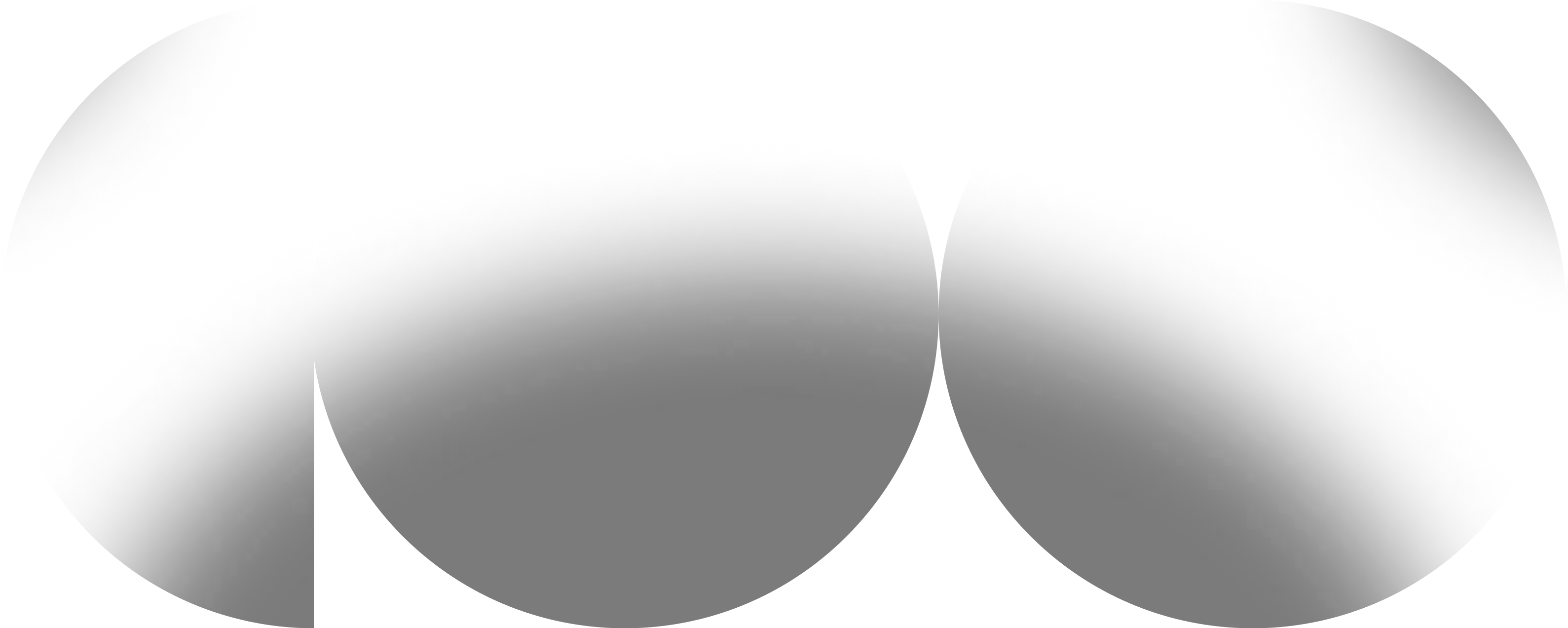

get in touch
with
Thank you for reaching out!
We'll be in touch.
Visual storytelling has emerged as an essential method for engaging audiences. More than just words on a page, it involves merging compelling narratives with impactful visuals to create immersive experiences. Whether in editorial layouts or infographics, visual storytelling simplifies complex information and allows it to resonate more deeply with your audience.
At the core of successful visual storytelling is a firm grasp of graphic design principles. Key principles such as balance, contrast, and alignment create a cohesive framework for any design project. These foundations not only improve the aesthetic appeal of editorial content and infographics but also guide the viewer through a structured narrative.
Effective visual storytelling incorporates a few essential components:
These components blend to create an engaging and memorable visual narrative, enhancing comprehension while capturing attention.
Editorial design extends beyond organizing text and images—it's about structuring a narrative that leads the reader seamlessly through the content. Layout design determines the flow, while typography sets the tone and mood, reinforcing key messages.
A well-executed visual hierarchy enhances readability, drawing attention to crucial elements such as headlines or specific imagery. The use of font types and sizes can evoke emotions and guide the reader’s focus, making the design both functional and aesthetically pleasing.
At DHNN ™, we understand the potential of infographics to transform data into engaging stories. Infographics simplify complex data into digestible visual formats, making them perfect for industries like finance, healthcare, and technology. A successful infographic clearly communicates its message through a cohesive and visually engaging narrative.
Effective infographics rely on several core visual storytelling techniques:
These techniques create a structured, dynamic experience for users, ensuring that the message resonates and the design captures attention.
Visual hierarchy is fundamental in guiding the audience’s experience through both editorial design and infographics. Designers use scale, color, and positioning to emphasize key points and lead the viewer through the story’s flow, ensuring that the most important aspects of the design are seen and understood.
Consider the rebranding projects we’ve completed for Viacom and Nickelodeon, where we created visual identities that aligned with the brands' evolving narratives. Additionally, our work with Telefonica highlights how data visualization can turn raw information into strategic assets for decision-making.
At DHNN, we believe that visual storytelling is a crucial skill for modern designers. Mastery of graphic design principles, combined with an understanding of the narrative elements that drive stories, allows designers to create editorial layouts and infographics that resonate with audiences. The goal should always be to inform, engage, and inspire through design.
View more
Obviously, this website uses cookies.
view policy